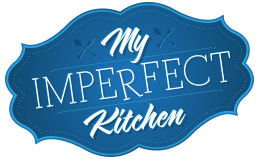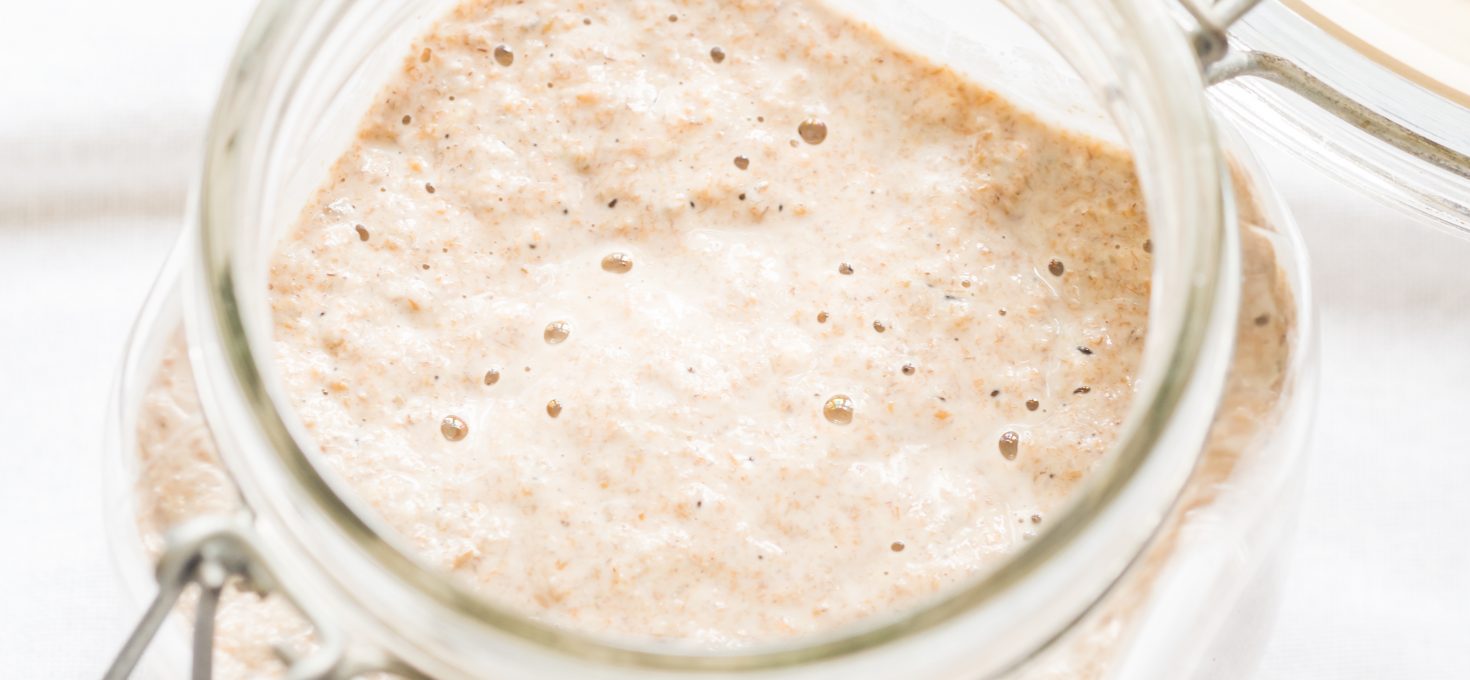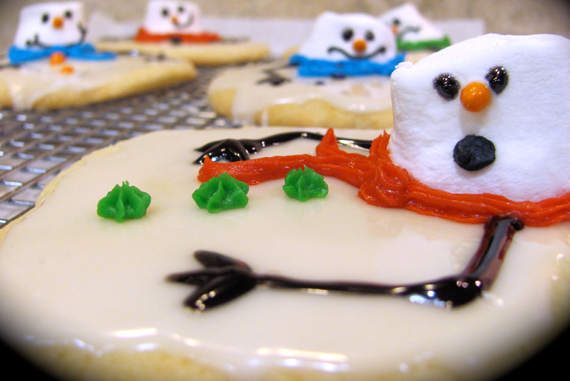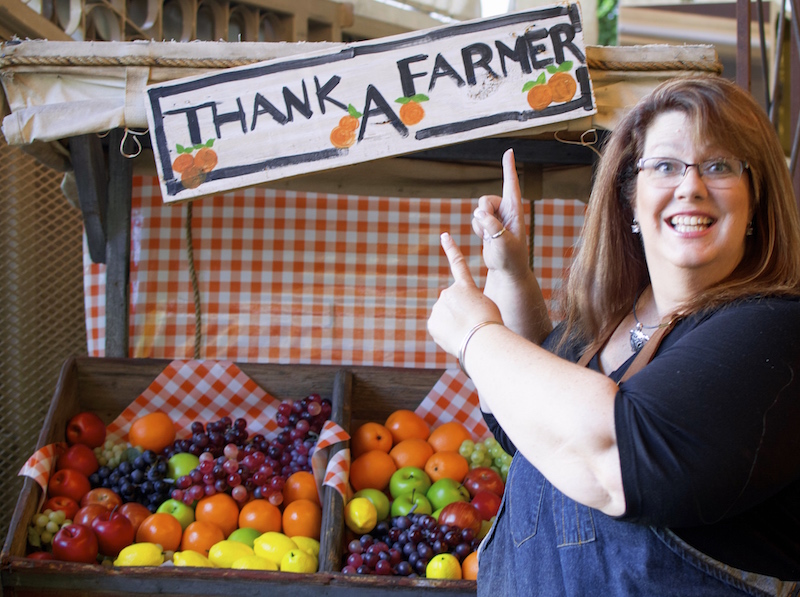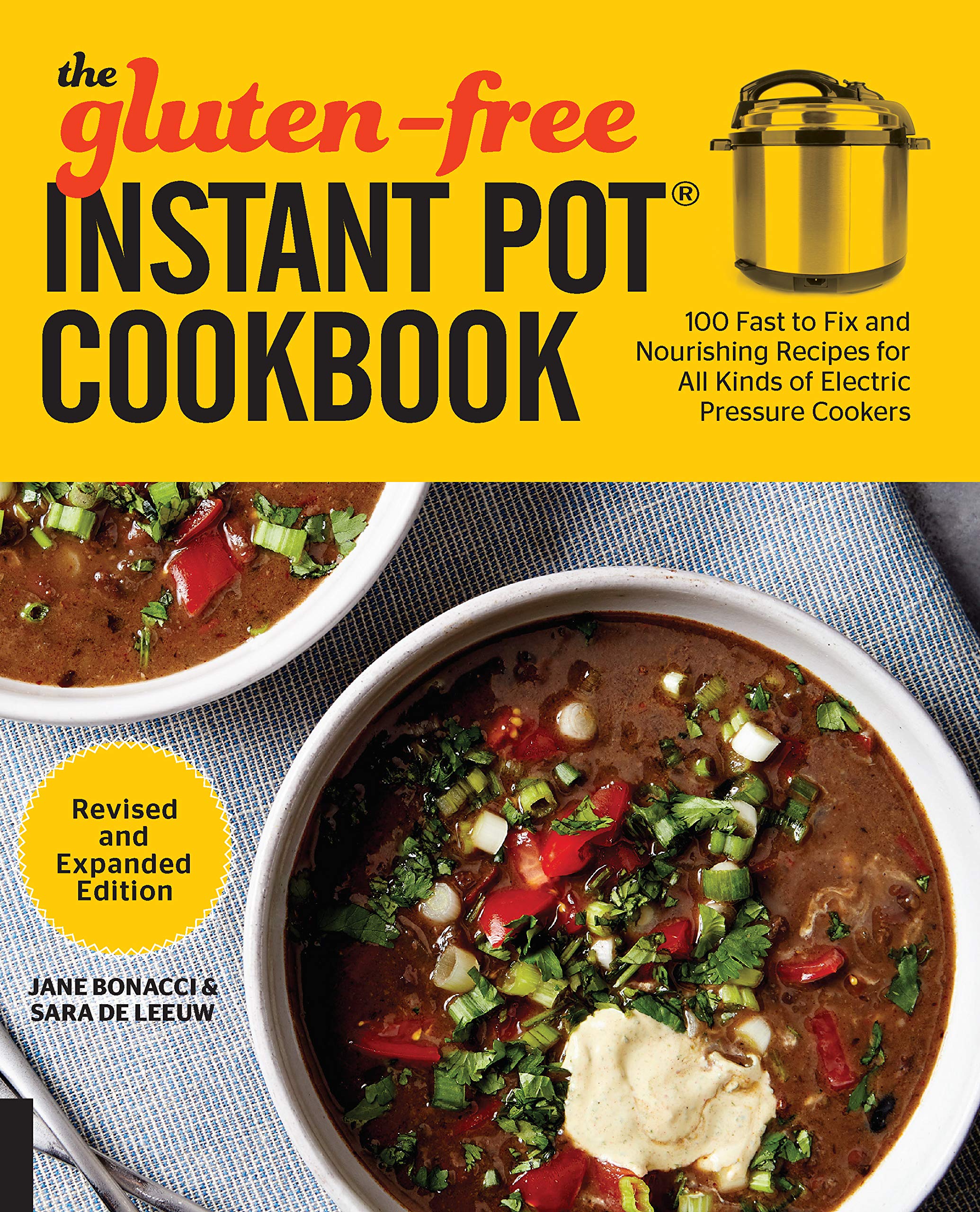Hi friends! As you may recall, my goal this year was to get more comfortable with yeast doughs. Well, after several months away from doughs due to this thing called LIFE, I find myself happily back in the kitchen feeding flour and water to a jar of sourdough starter twice a day and getting excited about the possibility of bread fresh from the oven!
This is one of those projects that takes time and attention. Currently, this is the third week (yes WEEK) of this experiment. I think it’s fascinating that a starter can grow from nothing but flour and water and whatever yeast is floating around in your area.
Basically, when flour is mixed with water (or other liquid) the friendly bacteria (lactobacilli) and wild yeast both in the flour and in your surrounding environment start to work together to create the “starter.” The tiny living creatures then generate byproducts that cause bread to rise and give it that complex, rich “sourdough” flavor. Pretty cool, right?
Here’s a cute video from Alton Brown to explain a bit of the science behind this: Dr. Strangeloaf – Yeasts
Traditions & Yeasty History
Grape juice, wine, beer, and wheat flour porridge (left to go sour) were leavening regulars in the ancient world. As early as 4,000 BC, Egyptian writings mention making bread with these “sours.” Legend has it that a crock of starter made its way to the New World in the hold of Columbus’ ship; and by the mid-19th century, starters were vital to both American prospectors and pioneers.
By 1849 sourdough had gained fame nationwide, driven by its popularity with California gold prospectors. Alaskan Klondike miners used fermented dough, hung in a tin above the stove, to make bread, biscuits, and flapjacks. A more liquid starter, called “sponge,” was carefully tended by many a pioneer family as they traveled west in their prairie schooners.*
I’m excited to be a tiny part of this bread history, as my starter bubbles away on the counter. This is the recipe I followed to get started:
Q & A, plus TIPS from the KAF Bakers
Q: Should you use bottled water? Unless your tap water is so heavily treated that you can smell the chemicals, there’s no need to use bottled water; tap water is fine.
Q: Why does this starter begin with whole-grain flour? Because the wild yeast that gives sourdough starter its life is more likely to be found in the flora- and fauna-rich environment of a whole-grain flour than in all-purpose flour.
A note about room temperature: the colder the environment, the more slowly your starter will grow. If the normal temperature in your home is below 68°F, we suggest finding a smaller, warmer spot to develop your starter. For instance, try setting the starter atop your water heater, refrigerator, or another appliance that might generate ambient heat. Your turned-off oven — with the light turned on — is also a good choice.
Q: Why do you need to discard half the starter? It seems so wasteful… But unless you discard starter at some point, eventually you’ll end up with a very large container of starter. Also, keeping the volume down offers the yeast more food to eat each time you feed it; it’s not fighting with quite so many other little yeast cells to get enough to eat. You don’t have to actually discard it if you don’t want to, either; you can give it to a friend, or use it to bake. There are quite a few recipes on our site using “discard” starter, including pizza crust, pretzels, and waffles, and even chocolate cake.
*Most helpful tip from a KAF reader* “Conditions vary so widely that 7 days can be far too little. I’ve learned the key is to watch for a dramatic and consistent rise in the jar — at least doubling between 1 and 4 hours after feeding. This could be 7 days or less after you begin, or it could be three weeks (for me it was 12 to 14 days).”
Here’s a great step-by-step with photos on how to create your own sourdough starter
Now, the only question left is what shall I make with my starter? Perhaps I shall consult my “year of yeast” list. Of course I’m going to make bread, but what else? Waffles? Pizza Crust? Crackers? Chocolate Cake? Yes cake! It’s a thing, I swear: Sourdough Chocolate Cake Recipe
What would you make first?
*info from the King Arthur Flour Website
